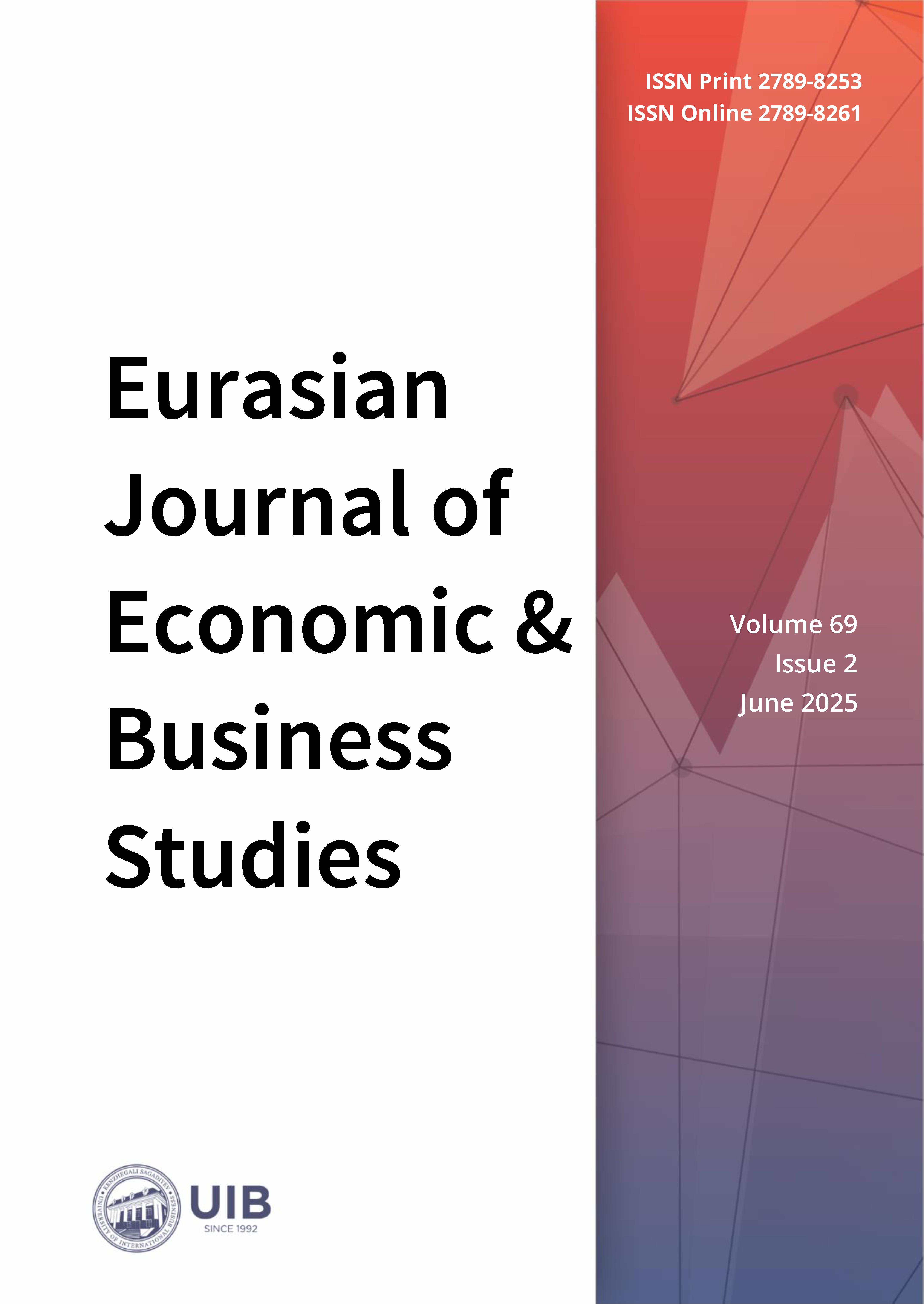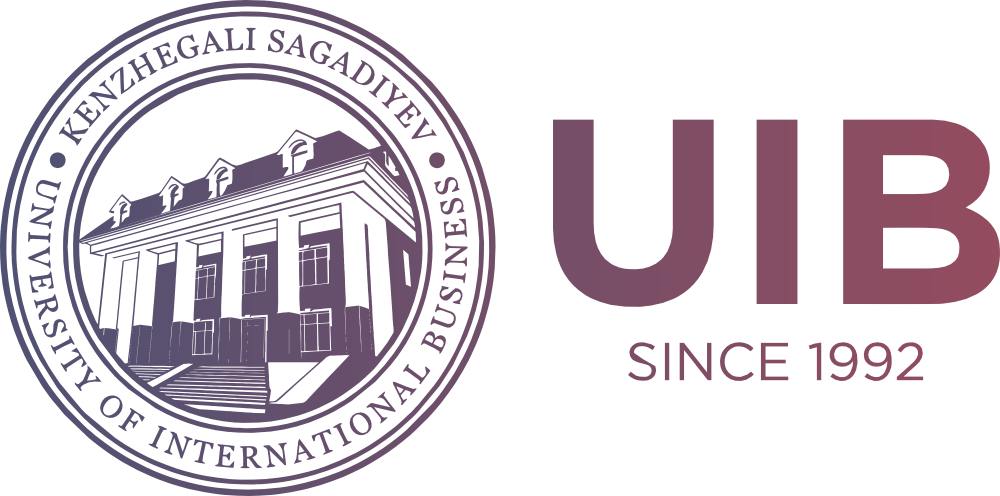Human Resource Management Configurations and Their Impact on Macroeconomic Indicators in Kazakhstan
DOI:
https://doi.org/10.47703/ejebs.v69i2.516Keywords:
Economy, Economic Efficiency, Economic Growth, Employment, Management, Institutional Environment, Business ProcessAbstract
Human resource management (hereinafter – HRM) has become a key factor in the adaptability of organisations in the context of instability. The purpose of this study is to investigate the relationship between the types of organisational configurations in HRM and macroeconomic indicators in a hybrid institutional environment in Kazakhstan. The research methods employed include categorical coding of organisational characteristics, multivariate analysis of variance (MANOVA), univariate analysis (ANOVA), and linear regression to assess the relationship between HRM configurations and GDP and employment indicators. The initial data covered the period from 2010 to 2024, including organisational characteristics of 26 small and medium-sized enterprises in Kazakhstan, as well as official industry statistics on GDP and employment, aggregated by four types of HRM configurations. The following key results were obtained: the HRM model in education and science demonstrated the most excellent effectiveness, having a significant impact on both GDP (F = 2369.3, p <0.001); the agricultural model showed a high correlation with employment (F = 116.99, p <0.001); the digital-creative model was significant only in terms of GDP (F = 109.4, p <0.001); the industrial hierarchical model showed the least impact on both indicators. These findings confirm that HRM models embedded in flexible, multifunctional structures with a development focus produce greater institutional and economic resilience. The study contributes to developing HRM typologies in transitional settings and offers evidence-based guidance for redesigning organisational systems aligned with sectoral performance and labor market priorities.
Downloads
How to Cite
Downloads
Published
Issue
Section
License

This work is licensed under a Creative Commons Attribution 4.0 International License.
Authors retain copyright and grant the journal right of first publication with the work simultaneously licensed under a Creative Commons Attribution (CC-BY) 4.0 License that allows others to share the work with an acknowledgment of the work’s authorship and initial publication in this journal.



